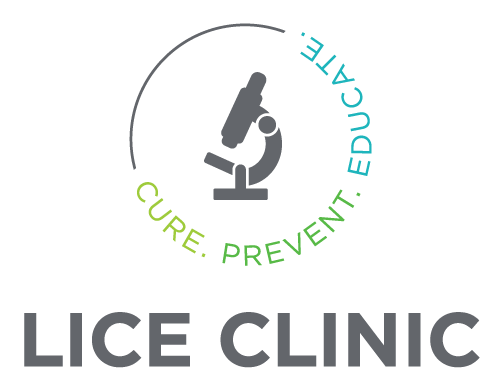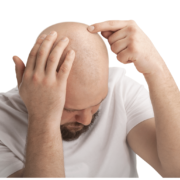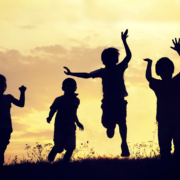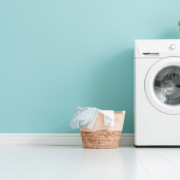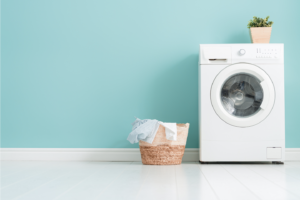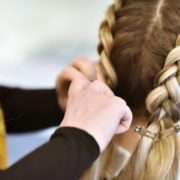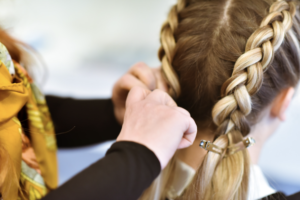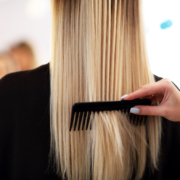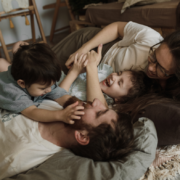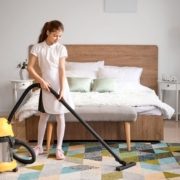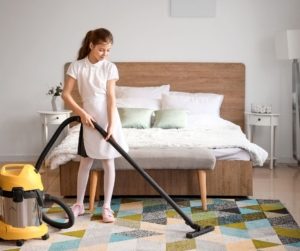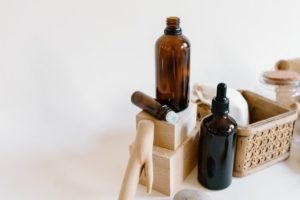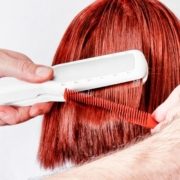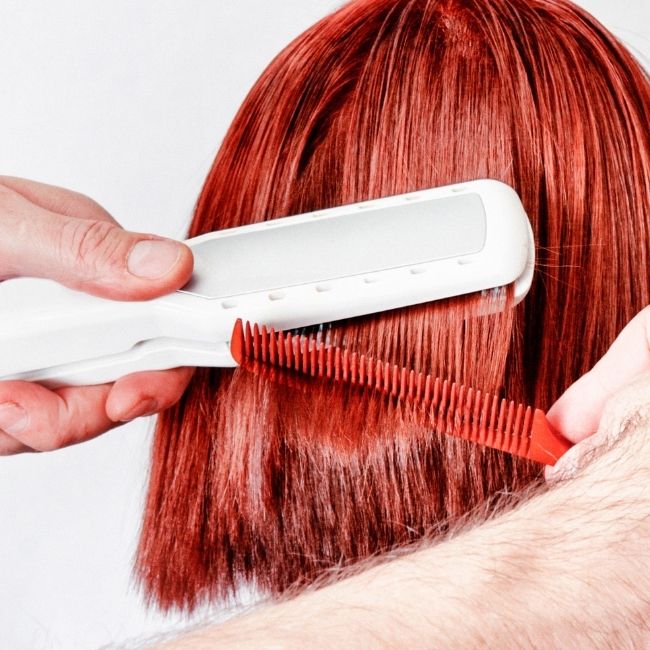Lice in the Digital Age: How Screen Time Impacts Infestation Rates
In today’s digital age, children are spending more time than ever glued to screens—whether it’s smartphones, tablets, computers, or gaming consoles. While technology has transformed the way we live and learn, it has also brought about unexpected consequences, including a rise in lice infestation rates. In this blog post, we’ll explore the correlation between increased screen time and lice infestations, and provide practical tips for parents to mitigate the risk in a digital world.
The Connection Between Screen Time and Lice Infestations:
As children spend hours engrossed in digital devices, they often engage in behaviors that increase the risk of lice transmission. Here are some ways screen time impacts infestation rates:
- Close Head-to-Head Contact: Whether playing multiplayer video games, watching videos together on a tablet, or huddling around a smartphone to take selfies, screen time often involves close physical proximity and frequent head-to-head contact. This close contact provides lice with ample opportunities to transfer from one person to another.
- Decreased Awareness of Personal Space: In virtual communication, children may become less conscious of personal space boundaries, especially when engrossed in online chats, video calls, or multiplayer games. This lack of awareness can lead to unintentional head-to-head contact and facilitate lice transmission among peers.
- Sedentary Behavior: Excessive screen time is often associated with sedentary behavior, as children remain seated for extended periods while using digital devices. Reduced physical activity can contribute to increased sweating and oil production on the scalp, creating an optimal environment for lice to thrive.
Practical Tips for Mitigating the Risk of Lice Infestations:
While it may be challenging to limit screen time entirely, there are several steps parents can take to reduce the risk of lice infestations in a digital world:
- Implement Screen Time Limits: Set reasonable limits on the amount of time children spend on screens each day. Encourage alternative activities such as reading, outdoor play, or creative hobbies to balance screen time with offline pursuits.
- Encourage Outdoor Play: Encourage children to spend more time outdoors engaging in physical activities and exploration. Outdoor play not only reduces screen time but also minimizes opportunities for lice transmission through close contact.
- Promote Good Hygiene Habits: Emphasize the importance of regular hair washing and grooming to maintain a clean and healthy scalp. Teach children to avoid sharing personal items such as hats, hairbrushes, and headphones, which can harbor lice and spread infestations.
- Educate About Lice Prevention: Talk to children about the importance of lice prevention and how to recognize the signs of infestation. Teach them to avoid head-to-head contact with peers, especially during activities that involve sharing screens or personal devices.
As technology continues to shape our daily lives, it’s essential for parents to be mindful of the impact of screen time on lice infestation rates. By understanding the connection between increased screen time and lice transmission, and implementing practical strategies to mitigate the risk, parents can help safeguard their children’s health and well-being in a digital world. Let’s strike a balance between screen time and healthy habits to ensure a lice-free future for our children.
